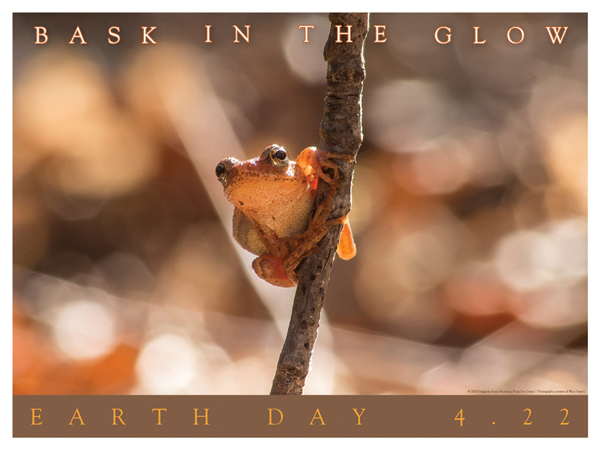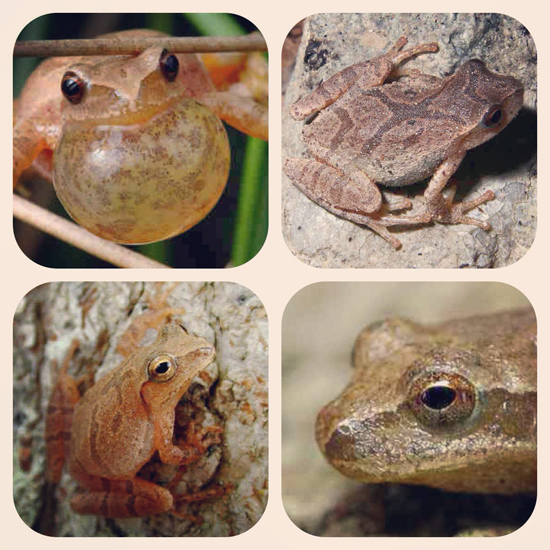Calling Amphibian Monitoring Project (CAMP)
The Conserve Wildlife Foundation of NJ coordinates the statewide Calling Amphibian Monitoring Program (CAMP). The object of this program is to assess the distribution, abundance, and health of New Jersey’s amphibians. This is part of a larger initiative called the North American Amphibian Monitoring Program (NAAMP) and the data collected in New Jersey will be submitted into the National database.
Each of the 16 species of frogs and toads in New Jersey has a unique vocalization or “call” that can be heard during their mating season.
Here’s a list and call quiz of the Frogs in New Jersey:
Eastern Spadefoot (Scaphiopus holbrookii)
American Toad (Anaxyrus americanus)
Fowler’s Toad (Anaxyrus fowleri)
Northern Cricket Frog (Acris crepitans)
Pine Barrens Treefrog (Hyla andersonii)
Green Treefrog (Hyla cinerea)
Gray Treefrog (Hyla versicolor)
unknown gray treefrog species (Hyla chrysoscelis/versicolor)
Cope’s Gray Treefrog (Hyla chrysoscelis)
Spring Peeper (Pseudacris crucifer)
New Jersey Chorus Frog (Pseudacris kalmi)
American Bullfrog (Lithobates catesbeianus)
Carpenter Frog (Lithobates virgatipes)
Green Frog (Lithobates clamitans)
Wood Frog (Lithobates sylvaticus)
Southern Leopard Frog (Lithobates sphenocephalus)
Pickerel Frog (Lithobates palustris)
The Amphibians that are listed as Endangered or Threatened in New Jersey:
Endangered Amphibians
Salamander, blue-spotted – Ambystoma laterale
Salamander, eastern tiger – Ambystoma tigrinum
Treefrog, southern gray – Hyla chrysocelis
Threatened Amphibians
Salamander, eastern mud – Pseudotriton montanus
Salamander, long-tailed – Eurycea longicauda
Treefrog, pine barrens – Hyla andersonii
Volunteers participating in the CAMP project conduct roadside surveys (after dusk) for calling amphibians along designated routes throughout the state. Each 15-mile route is surveyed three times during the spring (March, April & June), during the given four week period. Each route has 10 stops, where you stop, listen and record for 5 minutes. A structured protocol is followed to determine which nights to survey, how long to survey, which species are calling, and how to estimate the total number of individuals calling at each site. All volunteers receive a Calls of NJ Frogs and Toads, CD with which to familiarize themselves with the calls.
The results of these surveys will provide ENSP (Endangered and Nongame Species Program) and the United States Geological Survey with valuable data on the calling amphibian populations in New Jersey. Because each route will be surveyed at the same time and for the same amount of time, routes can be directly compared within a given year and between years. This allows for trends in populations to be identified over time and if needed steps may be taken to protect these populations in the near future.
— Larissa Smith, Biologist/Volunteer Manager, Conserve Wildlife Foundation of NJ





